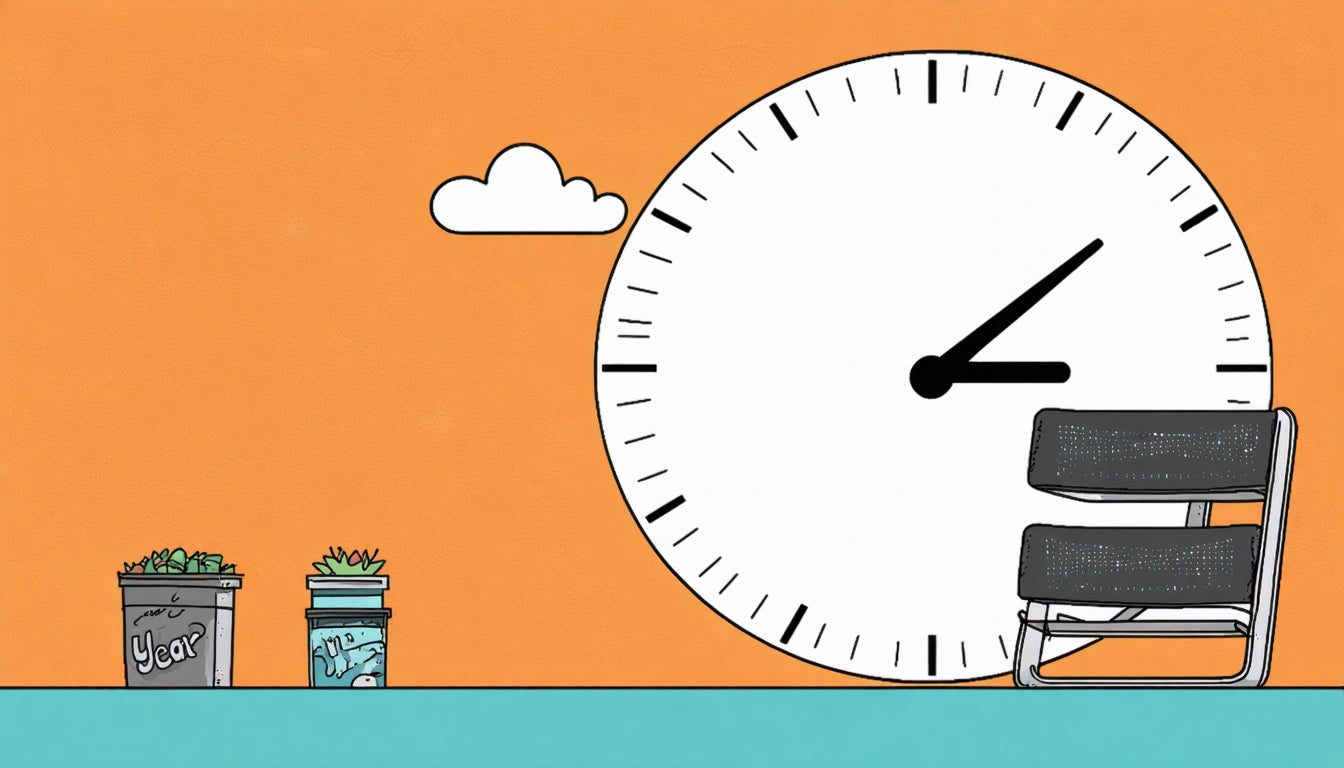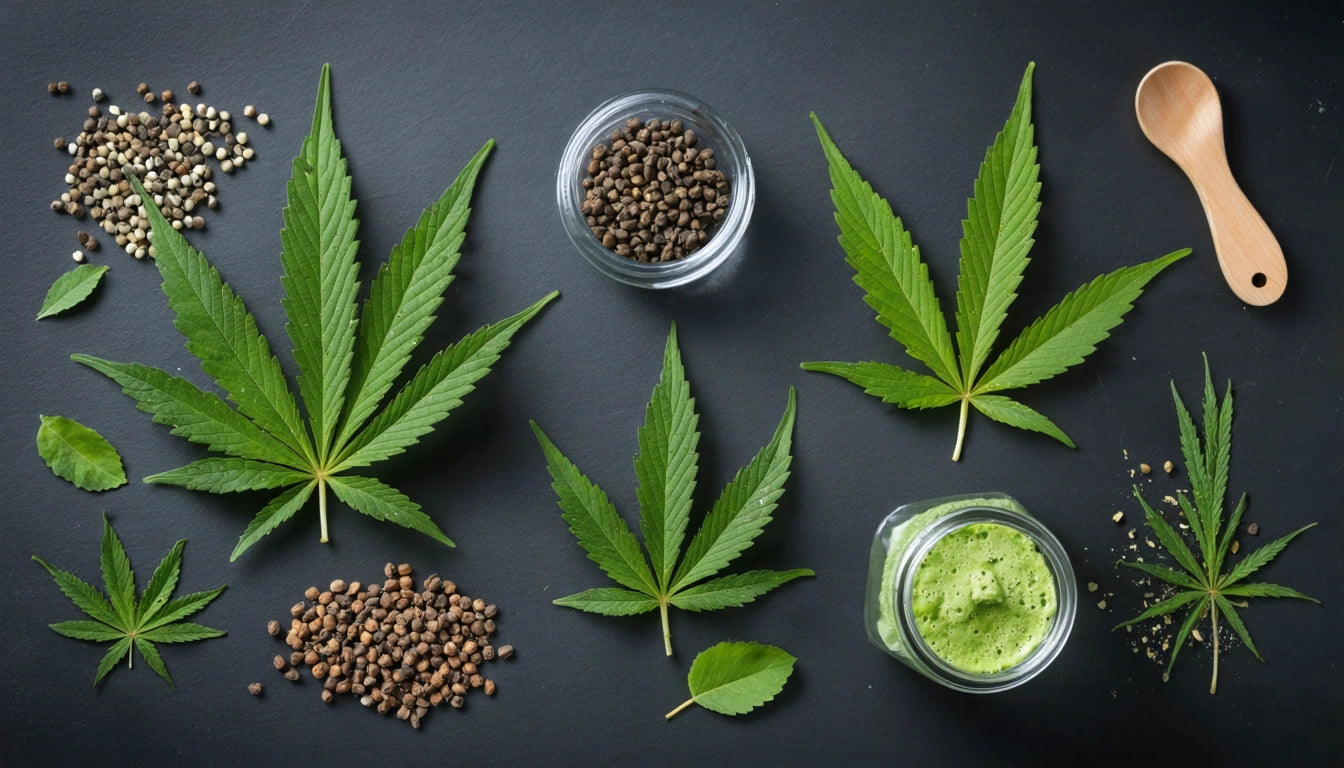Table of Contents
- Understanding Time Units: Seconds and Years
- The Conversion Formula: Seconds to Years and Back
- Practical Examples: How Long is 40000 Seconds?
- Years to Seconds: How Many Seconds are in 6 Years?
- Real-World Applications of Time Conversion
- Time Perception: How We Experience Seconds and Years
- Future of Time Measurement: Beyond Traditional Units
Converting Seconds to Years and Vice Versa: Understanding Time Measurements
Time is a fundamental dimension that shapes our lives, yet understanding its various measurements and conversions can be challenging. Whether you're curious about how long 40000 seconds is in more familiar terms or need to calculate how many seconds are in 6 years, mastering these conversions helps conceptualize time spans more effectively.
Understanding Time Units: Seconds and Years
Seconds and years represent two extremes of our common time measurements. A second is the base unit of time in the International System of Units (SI), originally defined as 1/86,400 of a mean solar day. Today, it's defined more precisely using atomic measurements.
A year, meanwhile, represents Earth's complete orbit around the sun. The standard calendar year consists of 365 days, while leap years have 366 days to account for the actual orbital period of approximately 365.25 days.
Standard Time Units Hierarchy
- Second: Base unit of time
- Minute: 60 seconds
- Hour: 60 minutes (3,600 seconds)
- Day: 24 hours (86,400 seconds)
- Week: 7 days (604,800 seconds)
- Month: Approximately 30 days (2,592,000 seconds)
- Year: 365 days (31,536,000 seconds)
The Conversion Formula: Seconds to Years and Back
Converting between seconds and years requires understanding the number of seconds in a standard year.
Seconds to Years Formula
To convert seconds to years:
Years = Seconds ÷ 31,536,000
This formula uses the standard 365-day year. For more precise calculations including leap years, use 31,557,600 seconds per year (accounting for the average of 365.25 days).
Years to Seconds Formula
To convert years to seconds:
Seconds = Years × 31,536,000
Again, for precise calculations, multiply by 31,557,600 instead.
Practical Examples: How Long is 40000 Seconds?
Let's apply our conversion formula to understand how long 40000 seconds is in more familiar terms:
40000 seconds ÷ 60 = 666.67 minutes
666.67 minutes ÷ 60 = 11.11 hours
Alternatively, using our direct formula:
40000 seconds ÷ 31,536,000 = 0.00127 years
This means 40000 seconds equals approximately:
- 666.67 minutes
- 11.11 hours
- 0.46 days
- 0.00127 years
To put this in perspective, 40000 seconds is slightly longer than watching four standard-length movies back-to-back or working a typical workday plus overtime.
Years to Seconds: How Many Seconds are in 6 Years?
Now let's calculate how many seconds are in 6 years:
6 years × 365 days × 24 hours × 60 minutes × 60 seconds = 189,216,000 seconds
Using our direct formula:
6 years × 31,536,000 = 189,216,000 seconds
If we account for leap years (assuming 2 leap days in a 6-year period):
6 years × 365 days × 24 hours × 60 minutes × 60 seconds + (2 days × 24 hours × 60 minutes × 60 seconds) = 189,216,000 + 172,800 = 189,388,800 seconds
That's nearly 190 million seconds, a number that demonstrates the vast difference in scale between these time units.
Real-World Applications of Time Conversion
Understanding time conversions has practical applications across various fields:
Scientific Research
Scientists often work with extremely short time intervals (nanoseconds, microseconds) or very long periods (millennia, eons). Converting between units helps contextualize these timeframes.
Product Development and Safety
In product design, particularly for safety-critical items, timing is crucial. For example, specialized safety mechanisms in child-resistant packaging must engage within specific time parameters to meet regulatory standards while remaining accessible to adults.
Astronomy and Space Exploration
Space missions require precise timing calculations. Understanding the length of a year on Mars versus Earth is essential for planning missions and interpreting data.
Computing and Programming
Programmers regularly work with time calculations, from measuring microsecond performance optimizations to calculating long-term data storage needs over years.
Time Perception: How We Experience Seconds and Years
Our perception of time isn't always aligned with clock measurements. A few seconds can feel eternal in certain situations, while years may seem to fly by in retrospect.
Interestingly, the perception of time can be altered by various substances, with minutes potentially feeling like hours or vice versa. This subjective experience of time is studied in fields ranging from psychology to neuroscience.
The human body also operates on various timescales. For instance, understanding how long substances remain detectable in your system requires thinking about time spans ranging from hours to months.
Future of Time Measurement: Beyond Traditional Units
As our understanding of physics deepens and our technological capabilities advance, our approaches to measuring and conceptualizing time continue to evolve.
Atomic clocks now measure time with incredible precision, losing just one second over millions of years. Quantum computing may introduce new paradigms for time measurement at scales previously unimaginable.
For everyday purposes, however, understanding the relationship between common units like seconds and years remains valuable. Whether you're calculating the optimal duration for specific activities or simply satisfying curiosity about how long 40000 seconds really is, these conversions provide practical perspective on the passage of time.
As we continue to explore both the infinitesimally small and the cosmically vast timescales of our universe, the ability to convert and conceptualize different time measurements will remain an essential skill for scientists, engineers, and curious minds alike.











Leave a comment
All comments are moderated before being published.
This site is protected by hCaptcha and the hCaptcha Privacy Policy and Terms of Service apply.